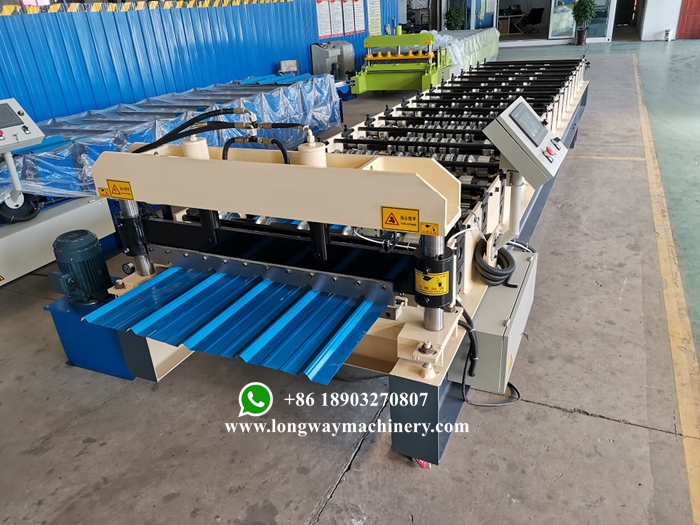Innovative Machine for Efficient Production of Shutter Patti Using Advanced Technology and Design
The Evolution of Shutter Patti Making Machines
In the modern era of industrialization, machinery plays a pivotal role in enhancing productivity and efficiency across various sectors. One such machine that has garnered attention is the shutter Patti making machine, which is essential for producing high-quality shutter Patti or slats used in roller shutters. These products serve vital functions in security and insulation for various establishments. This article delves into the significance, working principles, and advancements of shutter Patti making machines.
Understanding Shutter Patti
Shutter Patti refers to the metal slats or panels that make up roller shutters, commonly seen in commercial and residential properties. They provide an effective barrier against unauthorized access while ensuring optimal insulation from environmental elements. Traditionally, shutter Patti was crafted manually or with rudimentary tools, which limited production rates and consistency in quality. The advent of specialized machinery has revolutionized this process, enabling manufacturers to meet rising demands efficiently.
The Working Principles of Shutter Patti Making Machines
Shutter Patti making machines operate through a blend of mechanical engineering and automation
. The primary components of these machines include1. Raw Material Feeding System The process begins with feeding metal strips, usually steel or aluminum, into the machine. These metals are selected for their durability and ability to withstand external pressures.
2. Roll Forming Unit This is the heart of the machine, where the metal strips are progressively shaped into the desired shutter Patti profile. Roll forming involves passing the metal through a series of rollers, each exerting pressure to gradually bend the metal into precise shapes, ensuring uniformity in thickness and design.
shutter patti making machine

3. Cutting Mechanism Once the metal strip has been formed into the desired shape, it is cut to size by a cutting unit, which may involve mechanical blades or laser technology for higher precision.
4. Finishing and Treatment After cutting, the shutter Patti may undergo surface treatment, such as galvanization or powder coating, to enhance its resistance to rust and improve its aesthetic appeal.
5. Control Systems Modern machines are often equipped with digital control systems that enable operators to customize dimensions, thickness, and other parameters for different shutter designs, making the process highly versatile.
Advancements in Technology
Recent advancements in technology have significantly improved the efficiency and functionality of shutter Patti making machines. For instance, the integration of computer numerical control (CNC) systems allows for highly accurate and repeatable manufacturing processes. This technological leap has not only reduced human error but also minimized material wastage.
Moreover, automation has streamlined production lines, with machines capable of running continuously with minimal supervision. This efficiency not only maximizes output but also reduces labor costs, making it economically viable for manufacturers.
Conclusion
The shutter Patti making machine exemplifies the synergy between traditional craftsmanship and modern technology. Its ability to produce high-quality shutter slats consistently and efficiently has transformed the industry, catering to the increasing demand for secure and insulated properties. As technology continues to evolve, future iterations of these machines are likely to incorporate even more advanced features, further enhancing productivity and sustainability in the manufacturing sector. For manufacturers and business owners, investing in a shutter Patti making machine is a step towards embracing innovation and maintaining competitive advantage in a rapidly evolving market.
-
Roof Panel Machines: Buying Guide, Types, and PricingNewsJul.04, 2025
-
Purlin Machines: Types, Features, and Pricing GuideNewsJul.04, 2025
-
Metal Embossing Machines: Types, Applications, and Buying GuideNewsJul.04, 2025
-
Gutter Machines: Features, Types, and Cost BreakdownNewsJul.04, 2025
-
Cut to Length Line: Overview, Equipment, and Buying GuideNewsJul.04, 2025
-
Auto Stacker: Features, Applications, and Cost BreakdownNewsJul.04, 2025
-
Top Drywall Profile Machine Models for SaleNewsJun.05, 2025








